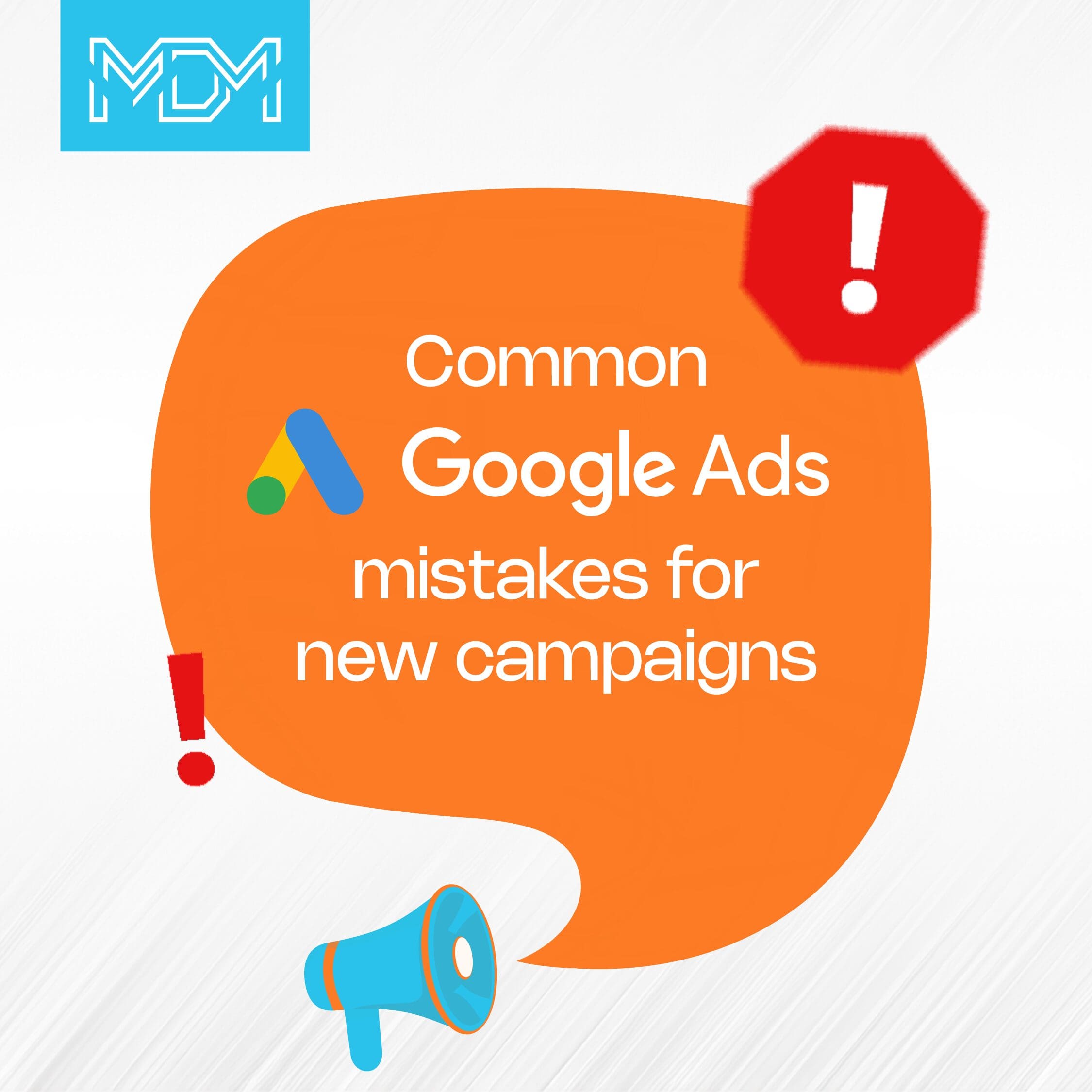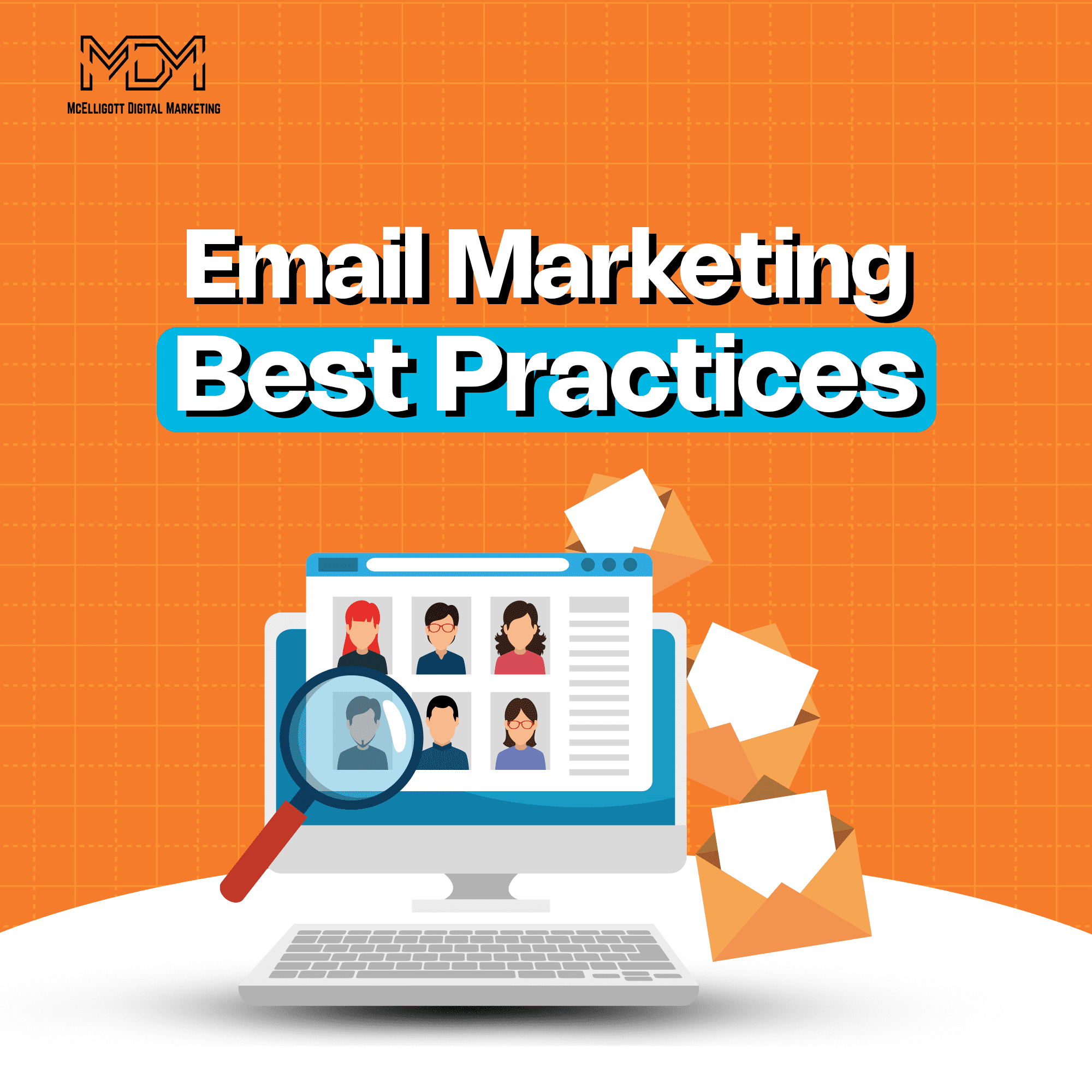If you follow SEO best practices for car dealers, it can increase traffic to your website, improve search engine visibility, and increase sales.
Automotive SEO uses search engine optimization to show your business to people who are actively looking for cars. SEO for car dealers involves local SEO, technical SEO, content creation, and website optimization.
SEO for the automotive industry can increase brand awareness, attract new customers, and increase revenue growth. SEO for car dealers is important because most people research online before buying.
Investing in a website for the online success of your car dealership or auto parts store is only useful when you focus on effective SEO practices to attract customers in the automotive industry. SEO improves visibility in organic search results, helping you rank higher in unpaid search listings.
In this blog article, you’ll learn what is automotive SEO, and SEO best practices for driving business.
What is automotive SEO?
No matter what type of automotive business you run- be it a car dealership, online dealership, auto repair shop, or manufacturing company- SEO is an essential digital marketing strategy to enhance your visibility on search engines like Google, Bing, and Yahoo.
SEO involves various marketing efforts, and it’s important to identify the keywords that are most relevant to your business, target location, and audience (whether B2B or B2C).
Keywords are the words and phrases that people use in search engines to find services like yours. For example, if someone needs to replace the tires of their car, they might search for “tire replacement near me” or “affordable tire shop in [city].” Or, an automotive supplier might search for “wholesale car batteries” or “bulk oil filters.”
Using the right keywords ensures your business shows up in the relevant search results. It’s great when customers find your car dealer business through organic search results. If your automotive website appears high in these results, people are more likely to see your business as related to what they’re looking for. For example, someone searching for a hybrid car can find your dealership in search results, or a truck owner looking for specific tires can reach your auto parts store.
However, your customers won’t be able to reach you without a strong SEO strategy. To build a successful SEO plan, you should-
- Research and use the right keywords related to the automotive industry that attract the right customers.
- Create high-quality content for your website and focus on the right content marketing metrics that are helpful and keep it updated.
- Add links to your website that connect to useful third-party content.
- Regularly check your results and adjust your automotive SEO strategy to match trends and changing customer needs.
Why is automotive SEO challenging?
SEO for car dealers is not a piece of cake for several reasons. The industry is very competitive, with thousands of dealerships all trying to rank for similar automotive industry keywords. This makes it tough to stand out.
Second, car websites often depend on high-quality images to display vehicles, slowing down the site and impacting SEO performance. Site speed is important for both search rankings and keeping visitors on the site to take action.
Another challenge is the shift in how people buy cars. Many buyers are now willing to buy a car without a test drive if they can find enough useful information in videos. This means dealerships need to provide detailed online content to meet these needs.
Finally, local SEO is important because most people prefer to buy a car from nearby dealerships. SEO experts optimize your site specifically for local searches.
However, the right SEO tactics can beat these challenges. Focusing on what your customers need can improve your website’s visibility and succeed in a crowded market.
10 SEO strategies for car dealers in 2024
Here are the most important automotive SEO strategies you should implement for the online success of your car dealership.
1. Optimize your automotive industry
Your website is the first point of contact for over 90% of your customers, so making that first impression is not negotiable. There are nearly 18,000 dealerships in the U.S. as of 2015, and having a strong online presence is more important than ever. With the convenience of online shopping and the ability for dealerships to reach wider than their local markets, your website needs to be well-designed, optimized, and highly visible in search engine results to stand out from the competition.
Just like a physical store, how your website looks and functions will impact a customer’s decision to make a purchase. A well-designed automotive website that is user-friendly, informative, and visually attractive can make the difference between a visitor who stays on your website and one who leaves immediately.
For your automotive website to rank higher on Google and other search engines, follow best practices in search engine optimization (SEO).
- Content on your homepage
Aim to have at least 400 words of relevant, high-quality content on your homepage. This website content should clearly communicate who you are, what you offer, and why buyers should choose you. Include keywords related to your business and location to help search engines understand and rank your site appropriately.
- Consistent contact information
Make sure your store address, phone number, and the list of cities you serve are highlighted on every page of your site. This not only helps with local SEO but also builds trust with people by making it easy for them to contact you. Add a dedicated “Contact Us” page as well.
- On-page SEO elements
Each page on your site should be fully optimized with the following elements.
Title tags– These should be unique for each page and include relevant keywords. The title tag is what appears in search engine results, so it should be clear and compelling.
H1 headers– The main header on each page (H1) should clearly indicate the page’s topic and use a primary keyword.
Meta descriptions– The description appears under the title in search results. Write brief, informative meta descriptions that encourage users to click on your link.
Image alt text and titles– Images on your site should include descriptive alt text and titles that have relevant keywords. This helps with SEO and ensures your site is accessible to everyone, including those who use screen readers.
- Enhance usability
Add a search bar to your website to make it easy for people to find exactly what they are looking for. A well-functioning search feature improves user experience, and leads to longer site visits and higher conversion rates.
- Social sharing plugins
Integrate social sharing plugins to your site to allow visitors to easily share your content on their social media platforms. This can increase your reach and drive more traffic to your site. It also signals to search engines that your content is valuable and worth promoting.
2. Local SEO for car dealers
People prefer to purchase from dealerships in their local area, so focusing on local SEO is extremely important for automotive businesses. Local SEO ensures that your dealership’s website is visible to people in your city. Here’s how to effectively implement local SEO for your car dealership.
Focus on local keywords
Identify and target local keywords that people are likely to use, such as “car dealership in [city]” or “used cars near me.” Use these keywords in your website’s content, title tags, meta descriptions, and other on-site elements.
Set up a Google Business Profile
Create and optimize your Google Business Profile (or Google My Business). This profile helps your dealership appear in Google Maps searches, making it easier for nearby customers to find you. When someone searches for a car dealership in your area, a well-optimized Google Business Profile can help your business show up in the “Map Pack”.
Make sure all details, including your dealership’s name, address, phone number, and working hours, are accurate and consistent across all platforms. Use high-quality photos of your dealership, inventory, and staff. Visual content helps build trust and gives potential customers a sense of what to expect.
Keep your profile updated with new information, such as special promotions, events, or any changes in operational hours.
Local citations and directories
Make sure your dealership is listed in other local directories and citations. This includes platforms like Yelp, Bing Places, and automotive-specific directories.
3. Secure positive customer reviews
Positive reviews build trust and improve your local SEO.
Ask your satisfied customers to leave reviews on Google, Yelp, and other review sites. Respond to all reviews, both positive and negative, to show that your company values customer feedback. High ratings and good reviews can make your dealership more attractive to new buyers and improve your search engine rankings.
4. High-Quality Content
Quality and relevant content rules car dealer SEO. Create high-quality, informative content related to the automotive industry that addresses the needs of your customers.
This could include blog posts about car maintenance tips, detailed vehicle descriptions, and informative articles about the latest automotive trends. Content should be well-written, and engaging, and include relevant keywords that help improve your search rankings.
5. Optimize on-site SEO elements
On-site SEO elements like title tags, meta descriptions, headers, and alt text for images are important. Use contextual keywords in these elements to help search engines understand what your web pages are about.
Make sure your URLs are clean and descriptive, and include internal links to help visitors and search engines explore your site.
6. Utilize social media
Social media platforms like Facebook, Instagram, and Twitter are powerful channels for reaching your customers. Share content regularly, talk with your followers, and use social media to drive traffic to your website.
Social signals, like shares and likes, indirectly strengthen your SEO by increasing your content’s visibility and attracting more visitors to your site.
7. Build quality backlinks
Backlinks, or links from other websites to your site, are important for SEO. They indicate to search engines that your site is trustworthy and authoritative in the automotive industry. Focus on getting backlinks from well-known automotive sites, local business directories, and industry blogs.
Guest posting, local sponsorships, and partnerships with other businesses help you build a strong backlink profile.
8. Video SEO
Video content is increasingly popular, especially in the automotive industry. It gives your customers a real experience of the service or product before they make a purchase.
Create high-quality videos that display your vehicles, and interiors, offer buying tips, or provide virtual tours of your dealership. Optimize these videos by including relevant automotive keywords in the title, description, and tags. Host these videos on YouTube and embed them on your site to improve your visibility and customer engagement.
9. Mobile-first indexing
Google uses mobile-first indexing, meaning it first looks at the mobile version of your website when ranking it.
Make sure your website is mobile-friendly by using a responsive site design, fast loading times, and an easy-to-use user interface on mobile devices. A well-optimized mobile site can improve your rankings and provide a better experience for people who are looking for information related to the automotive industry on their phones or tablets.
10. Track results
Track your SEO efforts is as important as implementing other strategies. It enables you to see what’s working and what needs improvement. Use tools like Google Analytics and Google Search Console to monitor your site’s traffic, rankings, and user behavior. Regularly review your SEO performance data to make informed decisions and adjust your automotive SEO strategies to achieve better results.
As a Google Partner agency, our team is an expert in setting up Google Analytics on your website and taking curative measures based on the data.
Conclusion
SEO best practices for the automotive industry increase visibility, and drives more visitors to your store. However, it requires consistent content creation, keyword research, and website optimization including optimizing for mobile indexing.
McElligott Digital Marketing employs a comprehensive digital strategy for the growth of your automotive industry. We implement SEO, website optimization, and PPC ads to cover every online touch point so that your customers can reach out to you easily.
Get a FREE consultation with SEO experts now at (833) 772-4897.
Automotive industry FAQs
1. What are the important keywords for automotive SEO?
Automotive SEO keywords depend on your audience and the services you offer. Common ones include- cars, trucks, SUVs, hybrid, electric, used cars, new cars, dealerships, auto repair, auto parts, and specific car brands or models.
2. How can I optimize my automotive website for local SEO?
To optimize your car dealership website for local SEO, include your business name, address, and phone number (NAP) in the header and footer of your website. Set up and update your Google My Business profile. Ask for and respond to customer reviews. Use local keywords and mention your city or region in your content.
3. Why is high-quality website content important for automotive SEO?
High-quality content attracts and retains visitors on your site, helping it rank higher. Write informative blog posts, product descriptions, and service reviews, and use relevant keywords in your content.





